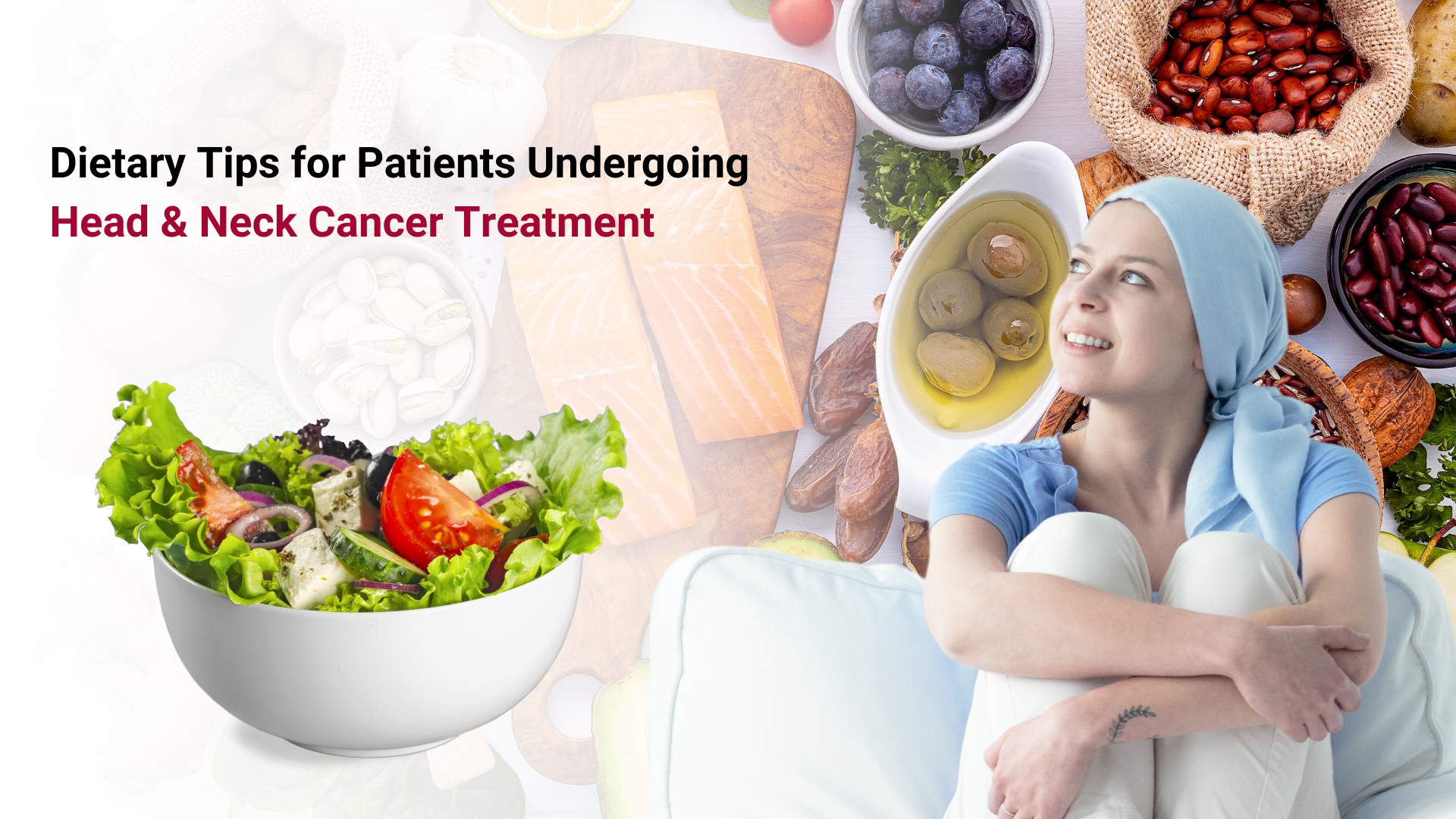Surgical Options for Treating Throat Cancer: What Patients Need to Know
Surgery is a critical component in the treatment of throat cancer, which encompasses cancers of the larynx, pharynx, and surrounding tissues. Understanding the various surgical options available, their implications, and recovery processes is essential for patients facing this diagnosis. This guide will explore the types of surgical procedures, their purposes, and what patients can expect during their treatment journey.
Types of Surgical Procedures
1. Laryngectomy
A laryngectomy is a surgical procedure that involves the removal of part or all of the larynx (voice box). This surgery is often necessary for patients with advanced laryngeal cancer.
Partial Laryngectomy: In cases where the cancer is localized, surgeons may perform a partial laryngectomy, removing only the affected portion of the larynx while preserving some voice function.
Total Laryngectomy: For more extensive cancers, a total laryngectomy may be required, which involves removing the entire larynx. This procedure necessitates a tracheostomy, creating an opening in the neck for breathing. Patients will need to learn alternative methods of speech, as normal vocalization will no longer be possible.
2. Pharyngectomy
Pharyngectomy involves the removal of part or all of the pharynx, which may be necessary for cancers located in the hypopharynx. This surgery can significantly impact swallowing and speech, necessitating reconstructive efforts post-surgery to improve these functions.
3. Endoscopic Surgery
Endoscopic surgery provides a minimally invasive option for removing tumors located in the throat. This technique uses an endoscope, which is a thin tube with a camera and light, allowing surgeons to visualize and excise tumors through the mouth without external incisions.
Transoral Robotic Surgery (TORS): This advanced technique utilizes robotic instruments to enhance precision in tumor removal, leading to faster recovery times and better preservation of speech and swallowing functions compared to traditional open surgeries.
4. Laser Surgery
Laser surgery involves using a high-intensity laser to vaporize or cut out tumors. This method can be effective for early-stage throat cancers and may be performed through an endoscope.
5. Neck Dissection
Throat cancers often spread to nearby lymph nodes, necessitating a neck dissection to remove affected lymph nodes. There are different types of neck dissections:
Selective Neck Dissection: Only certain lymph nodes are removed, preserving nearby structures.
Radical Neck Dissection: More extensive, this procedure involves removing a larger number of lymph nodes and surrounding tissues, which can impact shoulder and neck function.
6. Reconstructive Surgery
Following extensive surgeries, reconstructive procedures may be necessary to restore function and appearance. Techniques such as free flap reconstruction use tissues from other parts of the body to rebuild the throat and improve swallowing and speech capabilities.
Recovery Process
Preoperative Considerations
Before surgery, a comprehensive evaluation is performed, including imaging studies to assess the extent of cancer spread. This assessment helps determine the most appropriate surgical approach and whether additional treatments, such as chemotherapy or radiation, are necessary.
Postoperative Care
Recovery from throat cancer surgery varies based on the specific procedure performed. Common aspects of postoperative care include:
Hospital Stay: Depending on the extent of the surgery, patients may require a hospital stay ranging from a few days to a week.
Speech and Swallowing Therapy: Rehabilitation specialists play a crucial role in helping patients regain their ability to speak and swallow. Therapy often begins before surgery and continues throughout recovery.
Nutritional Support: Patients may initially require a modified diet or feeding tube to ensure adequate nutrition, particularly if swallowing is impaired.
Follow-Up Care
Regular follow-up appointments are essential for monitoring recovery and detecting any signs of cancer recurrence. These visits may include imaging studies and assessments of speech and swallowing functions.
Quality of Life Considerations
The impact of throat cancer surgery on a patient’s quality of life is profound. Patients should be informed about potential changes in voice, swallowing, and overall health. Multidisciplinary care teams, including oncologists, speech pathologists, and nutritionists, are vital in addressing these challenges and enhancing recovery outcomes.
Emotional and Psychological Support
The diagnosis and treatment of throat cancer can be emotionally taxing. Support groups and counseling services can provide valuable assistance in coping with the changes brought about by surgery and the cancer journey.
Conclusion
Surgical options for treating throat cancer are diverse and tailored to individual patient needs. Understanding these options, along with the associated risks and recovery processes, can help patients navigate their treatment journey more effectively. Engaging with a multidisciplinary team ensures that patients receive comprehensive care that addresses both their medical and emotional needs. By prioritizing communication and support, patients can better manage the challenges associated with throat cancer treatment and work towards a successful recovery. Through education and support, patients can feel empowered to make informed decisions about their treatment options and work collaboratively with their healthcare team to achieve the best possible outcomes.






